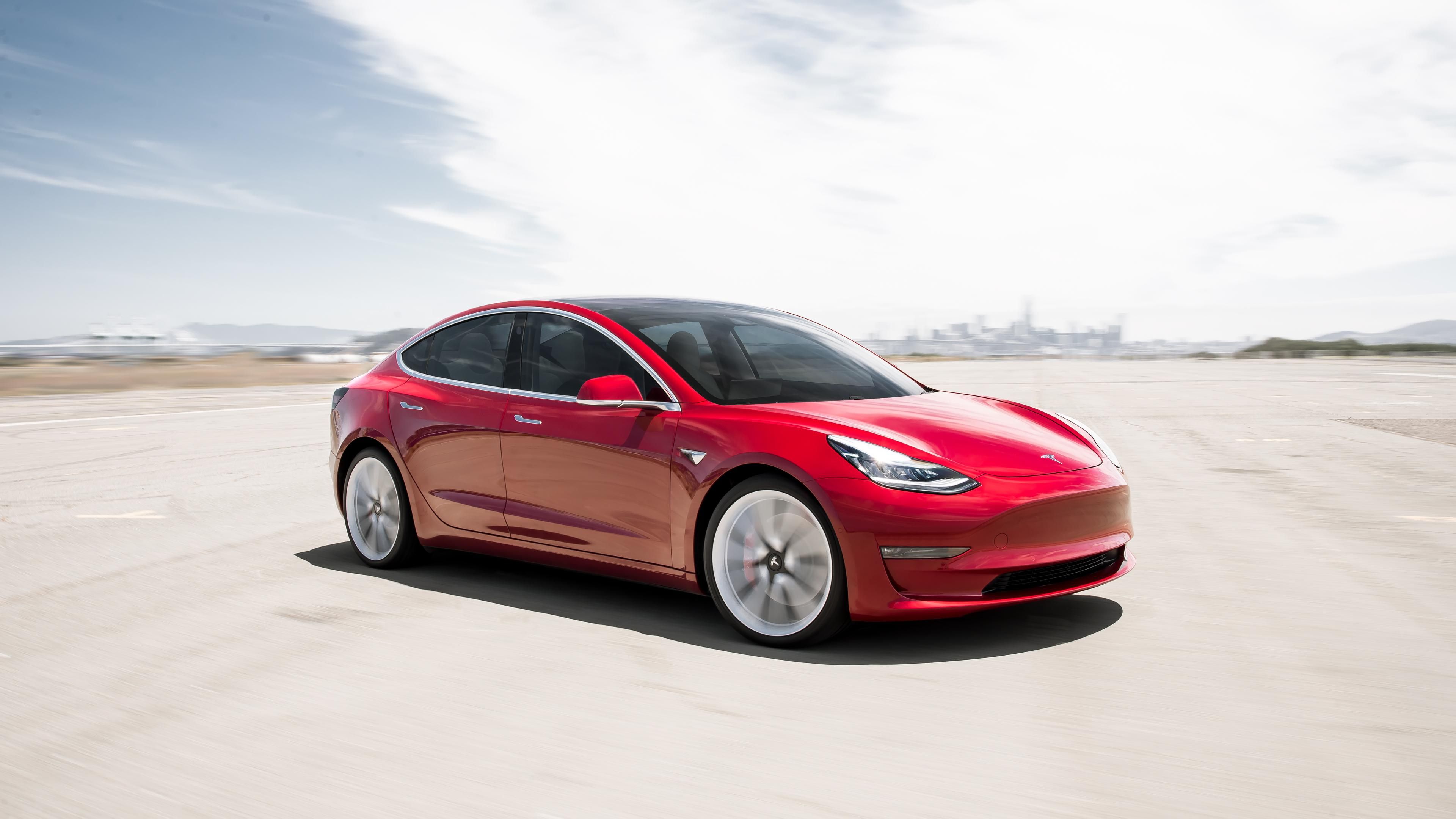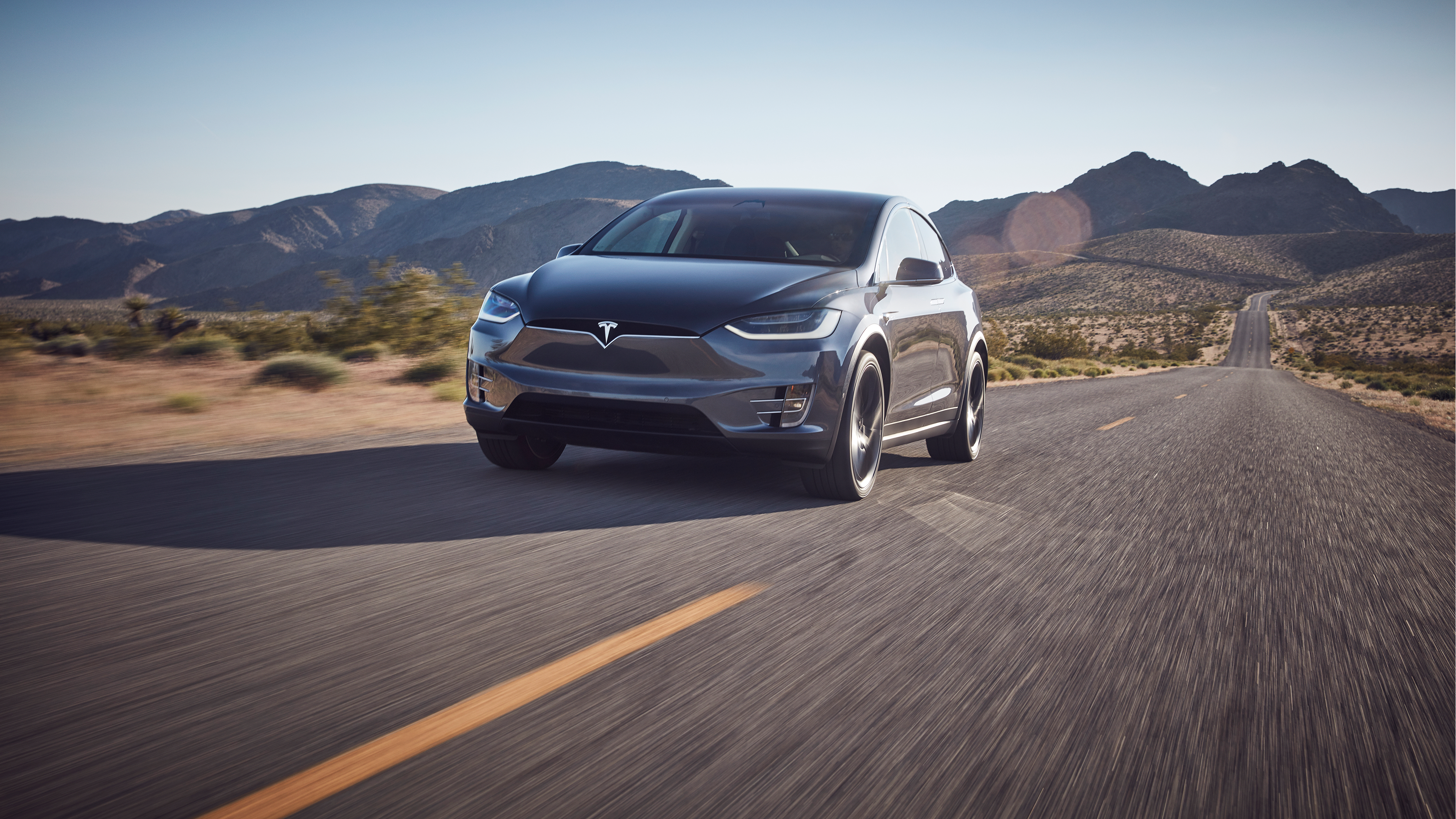Electrification is happening whether you like it or not, but the government is trying to make the deal sweeter for you. In the States, there is a federal tax credit of $7,500 capped for 200,000 EVs for every automaker. Until now, Tesla and GM have surpassed that cap and you can’t get the credit if you purchase EVs from this brand. However, a new Bill from the Biden Administration could change that.
What Is The Current Law?
Does Everyone Get The Full Tax Credit?
While $7,500 sounds exciting, there’s a catch. Even if your car comes with the full tax credit, there’s no hand-and-fast rule that you are going to be getting the full benefit. One must remember that this is a credit and not a rebate. Say, if your tax bill at the end of a financial year is $6,000, that is the maximum credit you will be getting. The government won’t be writing a refund check of $1,500 or carrying the balance over to the next year’s taxes. Basically, the eligibility reduces your financial liability to how much you owe the government and nothing extra.
What Cars Qualify For The Federal Tax Credit?
There are many terms and conditions, but here are the basic criteria for the vehicles to be eligible:
-* It must be manufactured by qualified automakers.
-* As long as it can be charged using an external source, it is eligible for the tax credit; which means plug-in hybrid cars are included, too.
-* The minimum battery capacity should be 4 kWh.
What Is The GREEN Act?
The GREEN Act stands for Growing Renewable Energy and Efficiency Now. It is tax incentives for various renewable and clean energy sources and technologies, but we’ll be focusing only on the EV segment. Essentially, it would triple the federal tax credit cap for electric vehicles. The tax credit will be offered on 600,000 vehicles from each automaker instead of the current cap of 200,000 vehicles. While most of the automakers are still far from reaching the 200,000 cap, two automakers crossed the cap – Tesla and GM.
The current law states that the first 200,000 vehicles are eligible for a federal tax credit of up to $7,500. The GREEN Act comes into play after an automaker crosses this threshold. Their next 400,000 EVs and plug-in hybrids will then be eligible for a federal tax credit of $7,000, $500 less than the first cap.
The GREEN Act would create a new tax credit for used EVs as well. The amount of the credit will be based on a statutory formula and would be limited to 30-percent of the sales price of the vehicle. More on this when the bill is passed.
How Does It Work In The Case Of Tesla and GM?
As mentioned earlier, Tesla and GM cars are not eligible for federal tax credits anymore since they’ve exhausted their 200,000 cap in 2018. This puts them in a sticky situation since the rivals from other brands are effectively up to $7,500 cheaper than their products. Once the Act is passed, 400,000 vehicles from both these automakers will be eligible for a maximum federal tax credit of $7,000.
How Does It Work For Other Automakers?
No other automaker has surpassed the first cap itself, so even after the Act comes into play, their cars will be eligible for a federal tax credit of up to $7,500. Once they cross the 200,000 threshold, the next 400,000 will be offered with a federal tax credit of up to $7,000.
What Does It Mean For Other Automakers?
In simple words, threat. There’s a reason why Tesla and GM, the former, especially, completed their first cap long ago and others didn’t. Despite not being available with the credit, Tesla and GM have been clocking better numbers than their rivals. While it sounds like a vague comparison by putting all the non-Tesla vehicles in a single bubble, it’s no secret that these offerings don’t offer a lot of pros and positives over the Teslas. The federal tax credit was a way customers could be lured into the showroom, but the implementation of this Act will nullify one of the very few advantages other automakers hold over the Musk-led company.
Why Tesla Could Be The Biggest Beneficiary?
If the bill is passed, 400,000 Teslas would be eligible for tax credits. Tesla sold almost half-a-million vehicles last year, with 235,000 of them being in the States alone.
At the time of writing this piece, here’s the starting price of the 2021 Tesla models:
-* Model 3 – $37,990
-* Model Y – $49,990
-* Model S – $79,990
-* Model X – $89,990
These are the models that Tesla currently has in production and a $7,000 price cut on their prices would be a big boost. The Model 3 will cost you a little over $30,000, which is fantastic pricing for a car that delivers 263 miles of range and can sprint to 60 mph in 5.3 seconds.
However, Tesla would be secretly wishing for the Act to be passed around the time when the company’s cheapest car yet, the Model 2, will be launched. The Model 2, which is the tentative name, for now, was announced as a $25,000 car. There are some things known about the cheapest Tesla so far, and one of them is that the car could arrive in 2022.
The Cybertruck is the next beneficiary. The all-wheel-drive models arrive later this year followed by the single-motor truck in early 2023. The three Cybertruck models are priced at $39,900, $49,900, and $69,900. A $7,000 tax credit makes the pricing even more drool-worthy.
All-in-all, it boils down to when the GREEN Act will be passed. Tesla and the future potential customers would hope for it to get as delayed as possible so the Model 2 and Cybertruck can be had with the tax credit.
When Is The GREEN Act Expected It Be Passed?
The GREEN Act is not a new bill. It failed to pass the last Congress but has better chances of getting passed in the Democrat-run administration. There’s still no timeline as to when it will be approved, but in all likelihood, it won’t subside.










